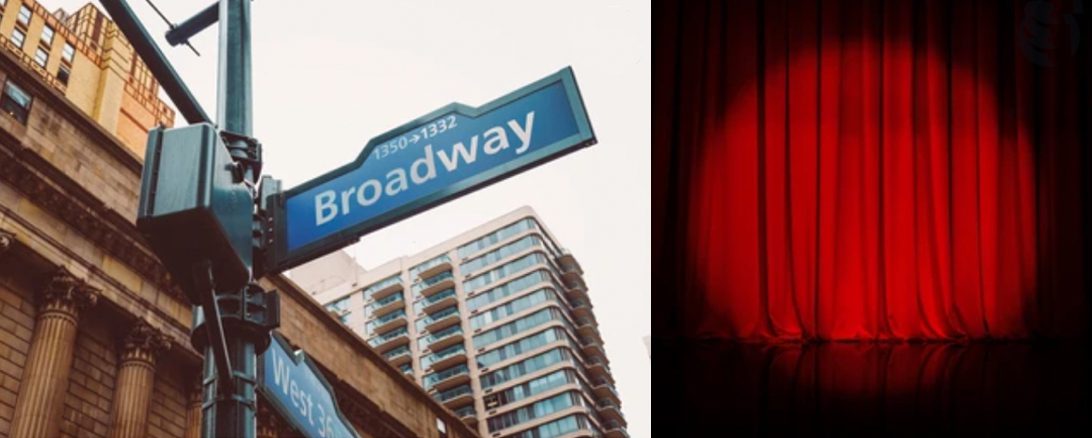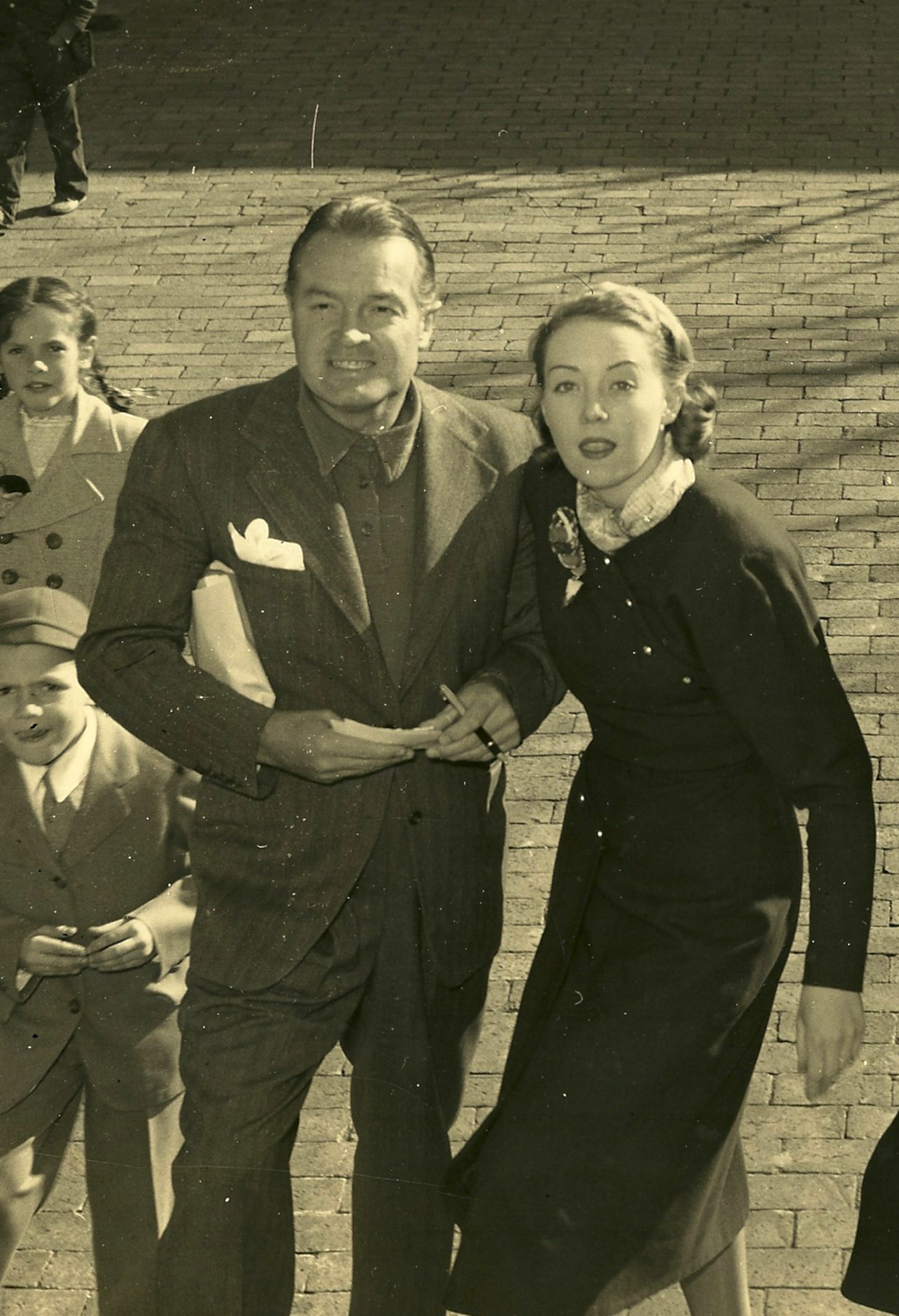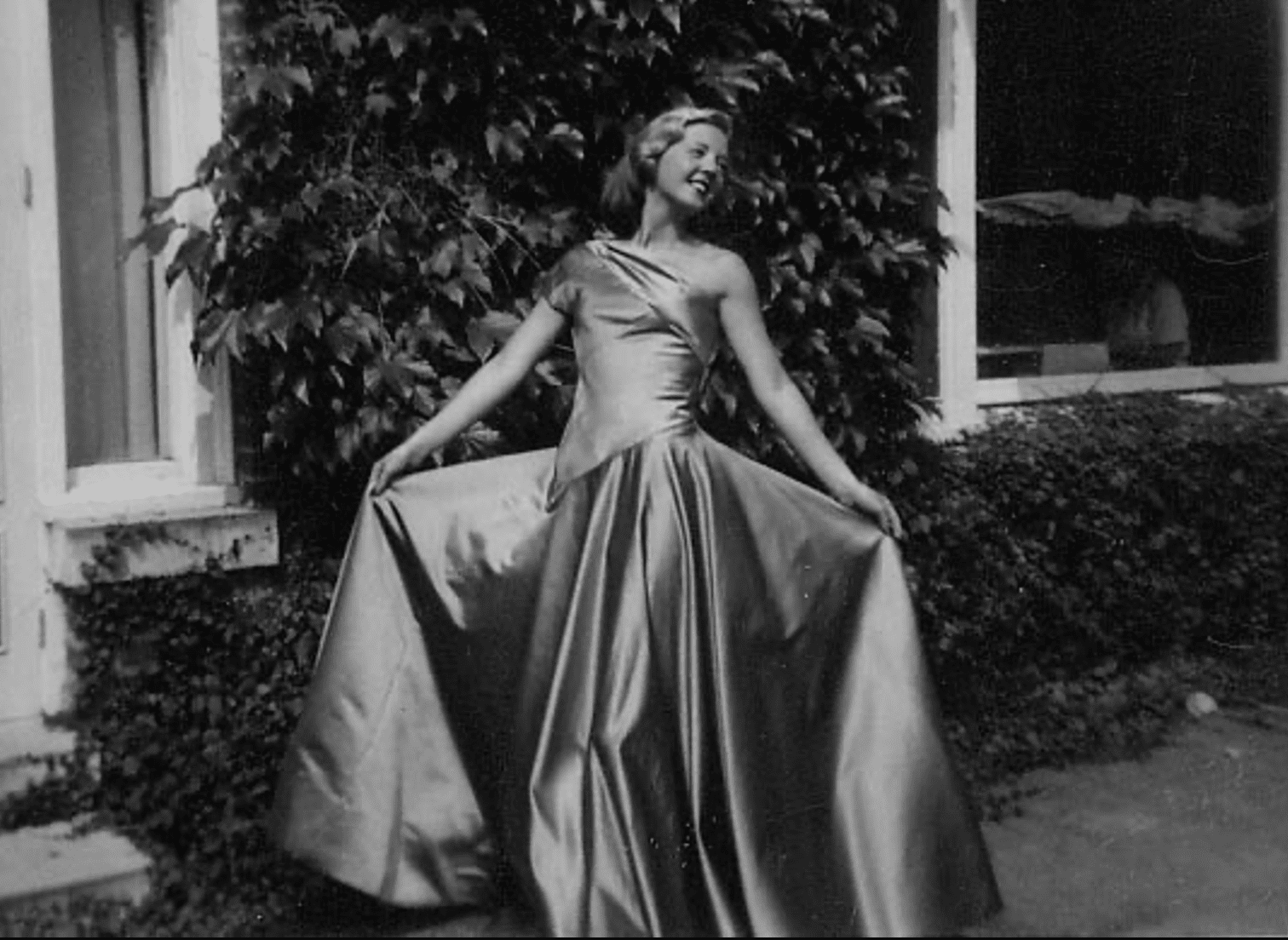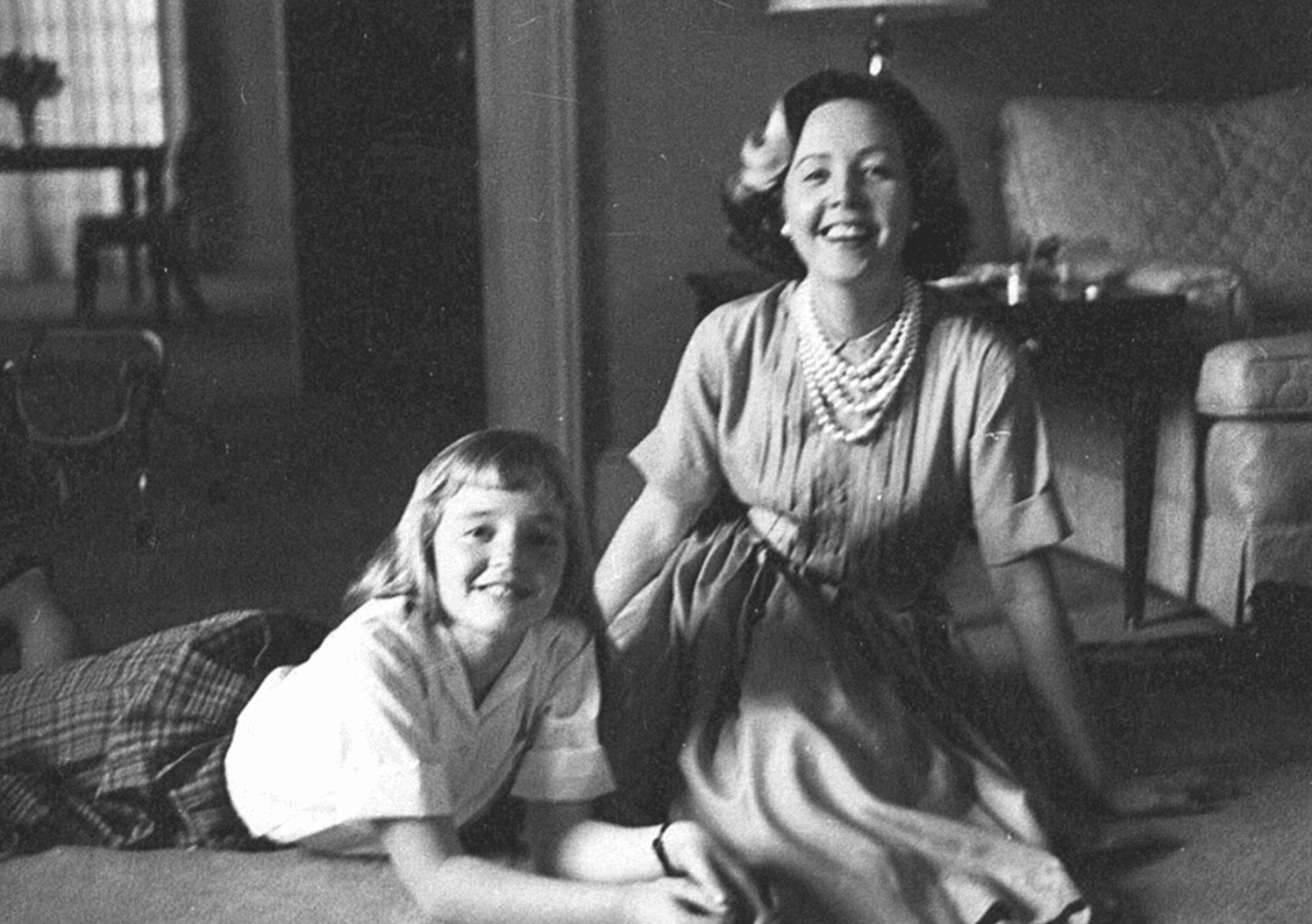Can you tell us a little bit about your inspiration for The Hidden Life of Aster Kelly?
This novel was inspired by everything I don’t know about my mother’s time as a runway model in Hollywood in the ‘40s. She ran in some pretty famous circles (we’re talking Cary Grant, Bob Hope, Roy Rogers famous) but she refused to talk about that time in her life, saying she preferred to think it “had never happened.” As a young girl I was both mesmerized and frightened by how she got entwined with such famous people, and what could have happened that was so awful that she wanted to erase the memory? This book is not an attempt to piece together my mother’s actual story, but I started with one simple question: what secrets might a gal from NJ, who has a spin in Hollywood and returns home a single mother be keeping? I used only a few scant details my mother let slip here and there and let my imagination do the rest.
So, Aster Kelly is the 1940s runway model character. There is a second key character, Lissy, who is an aspiring Broadway star in the ‘70s. Where did that part of the story come from?
My mother came home from Hollywood with a child, my eldest sister Barbara. She then married my father and they had four children together, of which I am the youngest. As much as Barbara, who I’m so sad to say we lost to cancer in 2019, was loved and adored, I’d say she always felt like a bit of an appendage to my mother’s “second” family—a core wound that I’m not sure she ever quite recovered from. So, the second timeline of my book began with this question: what if my mother hadn’t remarried and instead had kept their family to just the two of them? Again, this part of the story is not an attempt to recreate my sister’s life (Lissy and Barbara have very little in common as people), but that question was my launchpad.

Why did you choose Broadway for the 1970s setting?
A theme that runs through this book is the lure and treachery of fame, so I wanted Lissy to pursue a profession with that potential. And I just LOVE Broadway! Having grown up in New Jersey, going to see a Broadway show was an annual treat that, in my book, was as special and magical as it gets—the velvet seats, the orchestra tuning, the cast in perfect coordination. I vividly remember holding my breath as a kid, worried that someone might flub a line or miss a dance step and being continually amazed by the perfection of every show. At the same time, Times Square was not a fun place to be in the ‘70s. I thought it would be interesting to portray the wonder of Broadway in contrast to the grittiness of Manhattan at that time.
Your last book, Leaving Coy’s Hill, was an historical novel that stuck very close to the real life of Lucy Stone. The Hidden Life of Aster Kelly sounds purely imagined. Which do you prefer as a writer?
That’s a tough question. I adored researching and writing about Lucy Stone. She came with a built-in plot line that was an absolute joy to bring to the page. And there are countless other extraordinary women whose stories deserve to be known. I hope to find more of them! But there is something freeing about letting a story take me anywhere, to allow the subconscious to work its magic and serve up sticky situations and interesting escape routes. I have no idea where some of the character details and plot twists in Aster Kelly came from, but I hope they are enjoyable and satisfying for readers!
Who inspires you?
Outside of being a voracious reader, I get a lot of creative inspiration from long-form screen drama, whether that is movies or TV series. There was maybe a year’s time when I was writing my first novel, for example, when I re-watched the entire series of “The West Wing” whenever I took a break to exercise. Aaron Sorkin’s dialogue is amazing to me. I love his characters and the intensity of emotion he manages to convey while handling very complicated topics. On the flip-side of that long form, I also find song lyrics to be very inspiring. I think of it as poetry set to mood music, and as a novelist, I am always amazed by how much can be conveyed in very few words. Masters of that craft like Bob Dylan, Robert Hunter, Janis Ian, and Joni Mitchell come to mind. Life inspiration comes every time I hear about a girl or woman who stands up for herself against the odds, or any woman who dilutes hatred in society by taking the risk of demonstrating the power of love and compassion. The world needs much more of that.



